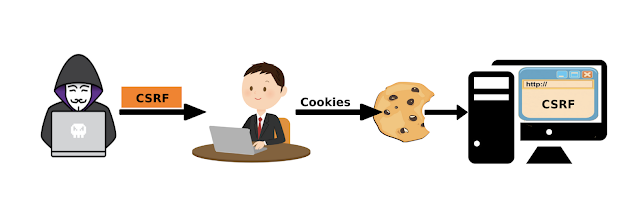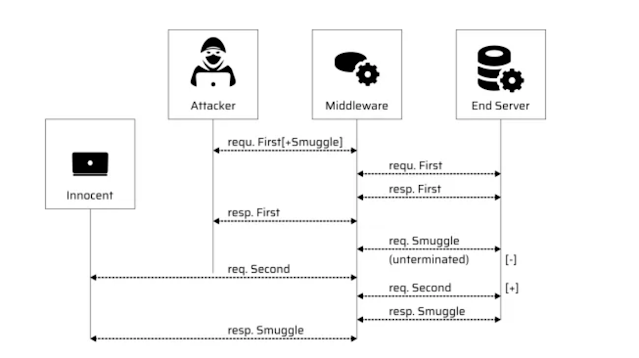Difference between Adobe AEM Enterprise vs Adobe AEM as a Cloud Service

Difference between Adobe AEM Enterprise VS Adobe AEM as a Cloud Service. ( AEMaaCS) Adobe Manages Services Enterprise (AMS) and AEM as a Cloud Service (AEMaaCS) are two different offering by Adobe for AEM. While AMS is more of a hosting offers for AEM (similar to on-premise setups but run managed by Adobe), While AEMaaCS is a SaaS offering. In AMS you can have access of your servers , can login and check the required files by your self & will have a dedicated Customer Success Engineer, while in AEMaaCS is completely SAS and you won’t have any access of servers , for everything you need Cloud manager. Below are the Major difference between AMS Enterprise and AEMaaCS. Please note these difference are as of March 2023. Post this things may differ. The following article can be referred for AEMaaCS details AEM as a Cloud Service






